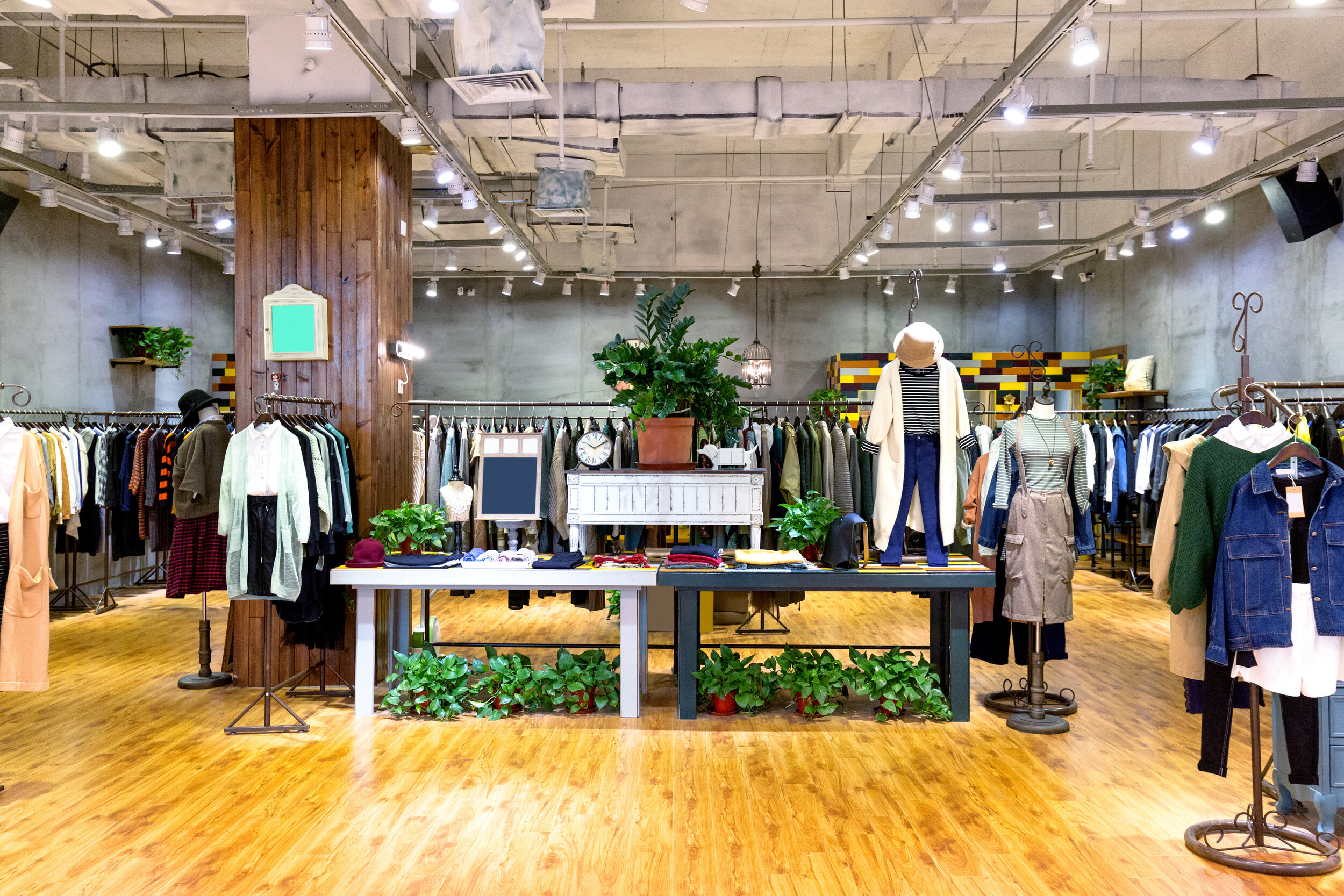Is there really a Retail Apocalypse?
No doubt you’ve come across headlines in the news about a ‘retail apocalypse’ – the claim that physical retail is dying. At the same time, there are just as many headlines that speak to physical retail’s growth.
We’ve seen e-commerce brands such as Casper and Everlane launching pop ups and other new store formats to engage with their customers in physical locations. Store advisors have been identified as playing a critical part in the consumer decision making process. Let’s also not forget that alongside announcements of store closings, a number of brands have announced the widespread opening of new stores across the US in 2018, including Ulta (100 new stores), Dollar General (900 new stores), Ross Stores (100 new stores).
As Steve Dennis wrote in a recent Forbes contribution “Physical retail is not dead. Boring retail is”.
Here’s a collection of just a few pieces of advice we’ve found on becoming part of the retail renaissance.
Think Experiential
Experiential may have become a retail marketing buzzword – but it’s an important one. It means using sensory inputs such as visual merchandising, sound, smell, touch and taste to create emotional memories. Or providing other reasons and experiences for customers to visit a store and engage with your brand. You can see this already in trends such as the rise of ‘grocerants’ – changing a simple visit to the grocery store into an attractive place to explore food and dine as you would a restaurant. Or other stories such as STORY – a gift retail establishment in the meatpacking district that hosts events such as yoga classes and healthcare panels.
It’s personal
Customers respond to personalized experiences and personalized offers that are tailored to their needs. In a research report by Segment, it was found that personalization presented a huge in-store opportunity, as physical stores are more likely to drive last-minute purchases over $50. A simple way to improve personalization could be to allowing sales associates to be able to see customers online shopping history instore to help them provide better recommendations. Or using apps in-store to help push in-store discounts.
Intuitive is best
The most important factor to be successful in physical retail is to be intuitive – allow the customer to find what they want, and check out with ease. Regardless of what technologies or experiences you bring in-store – this must be the priority, and in the quest to incorporate the latest retail trend or technology, it’s at the risk of getting overlooked.
We don’t believe there is a retail apocalypse. Instead, we simply see an increasing need to shift the way brands do retail to meet rising consumers expectations.





